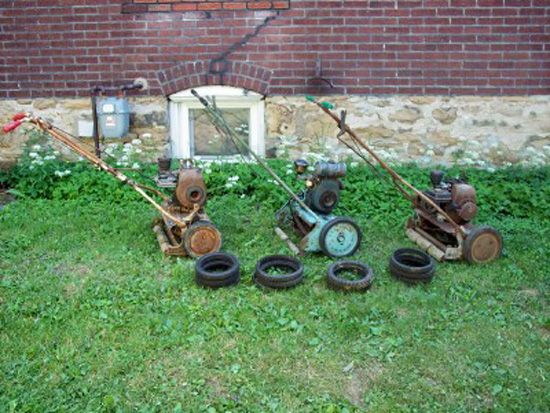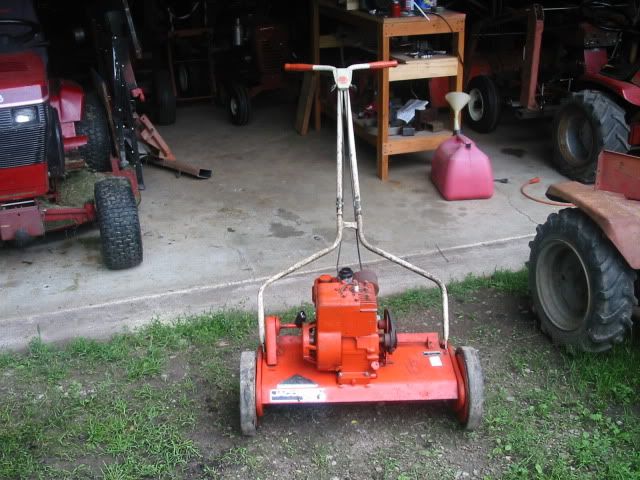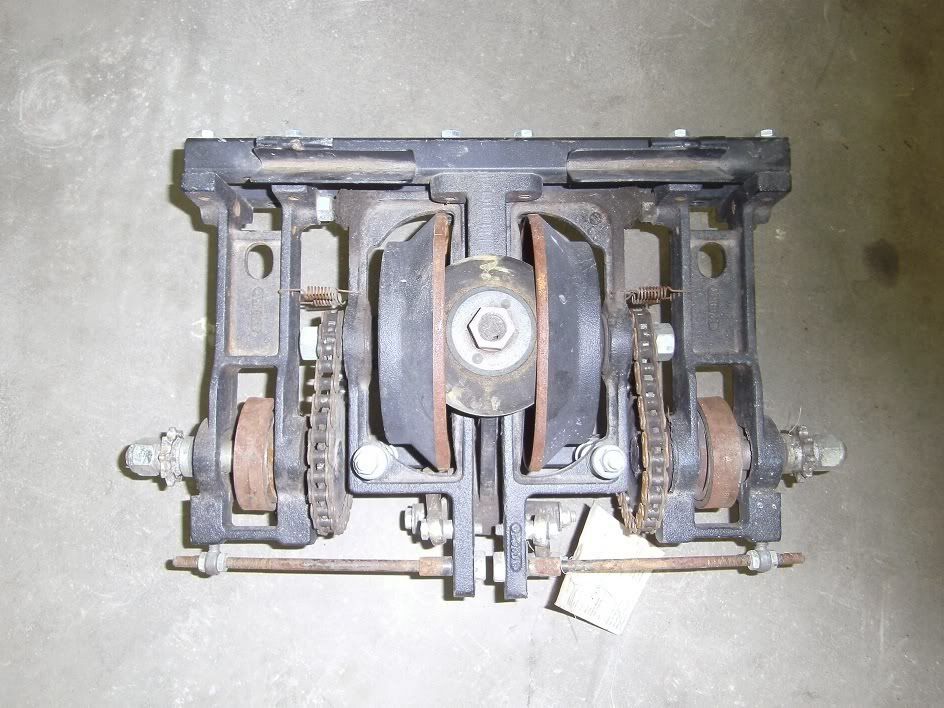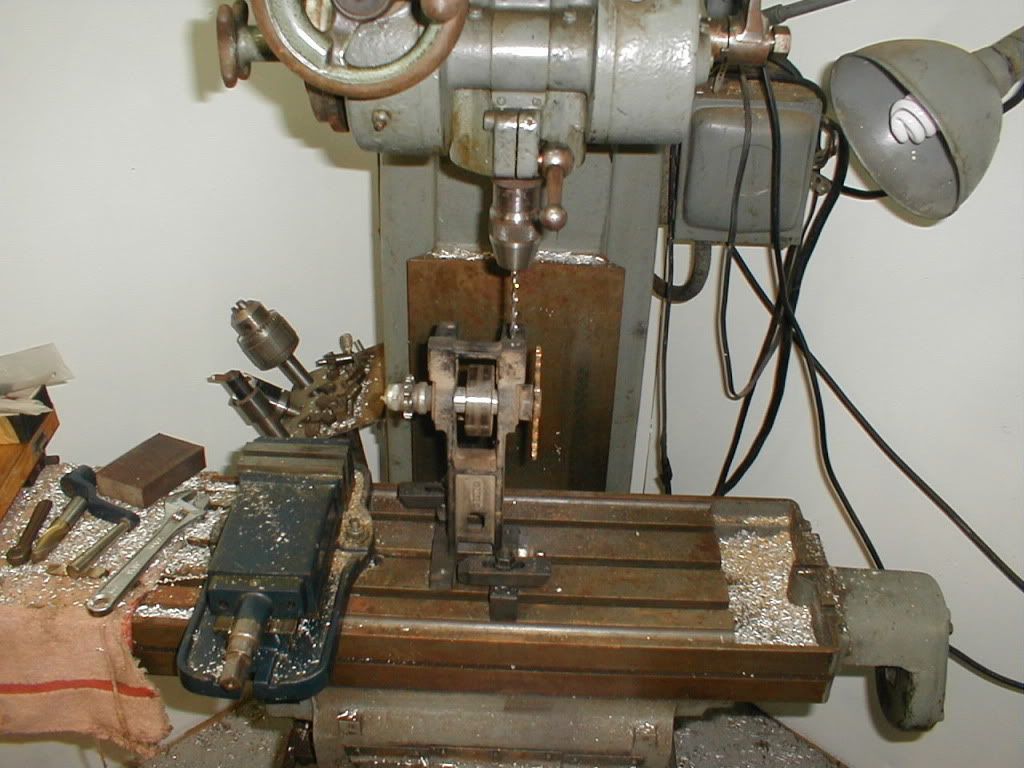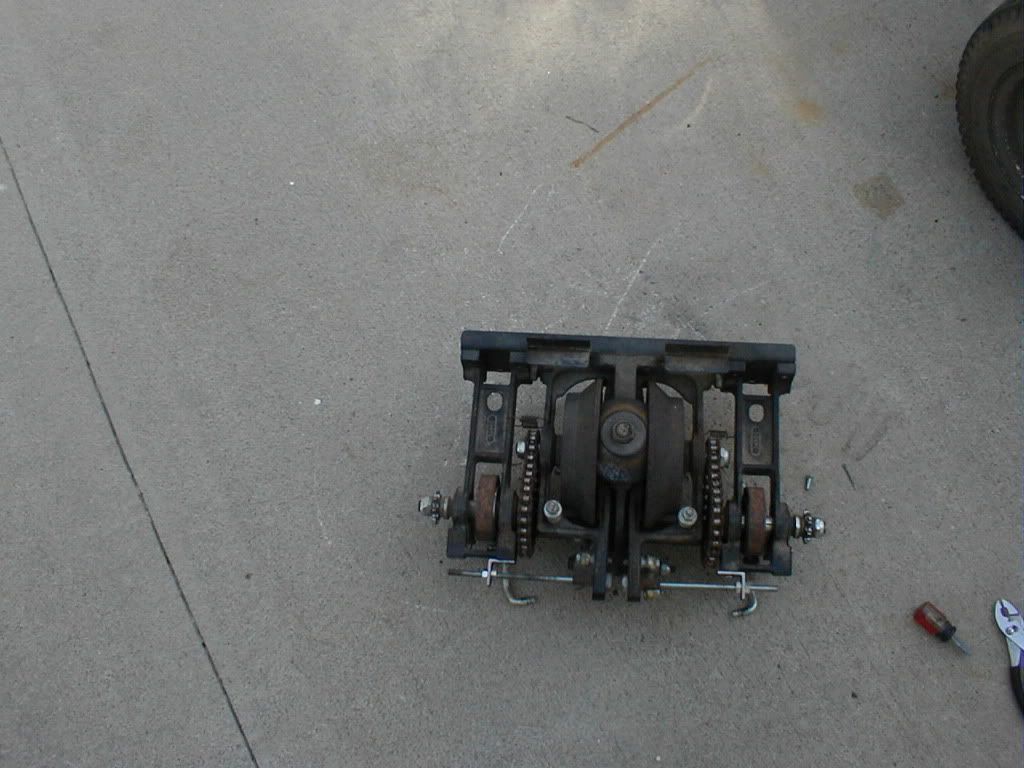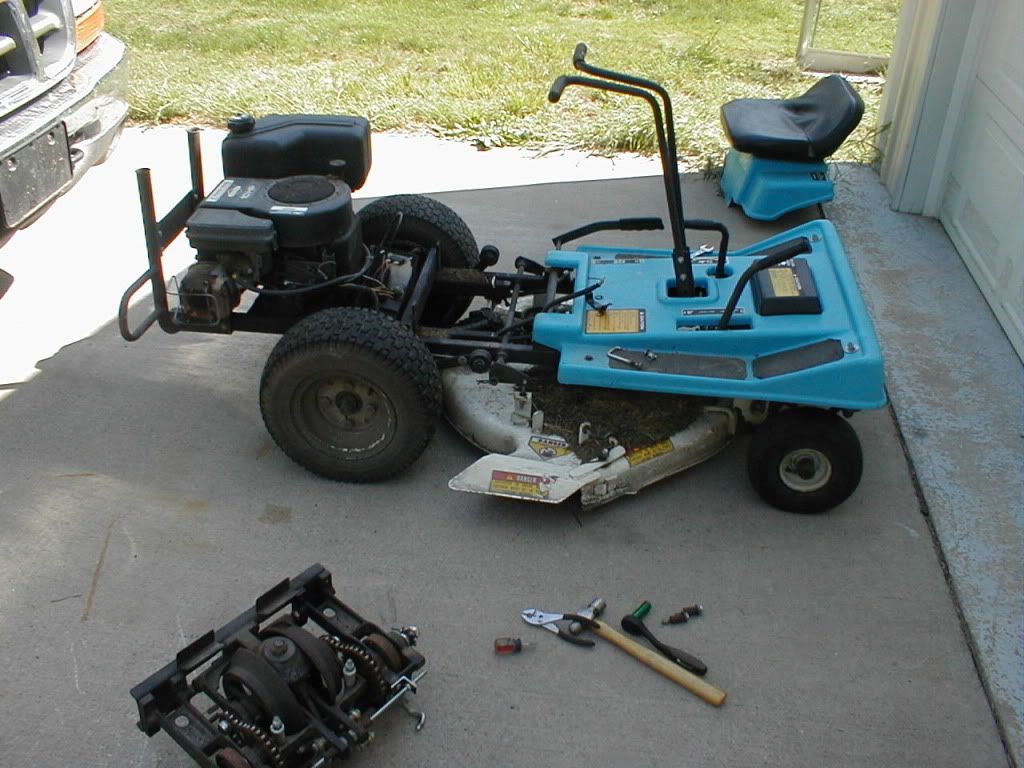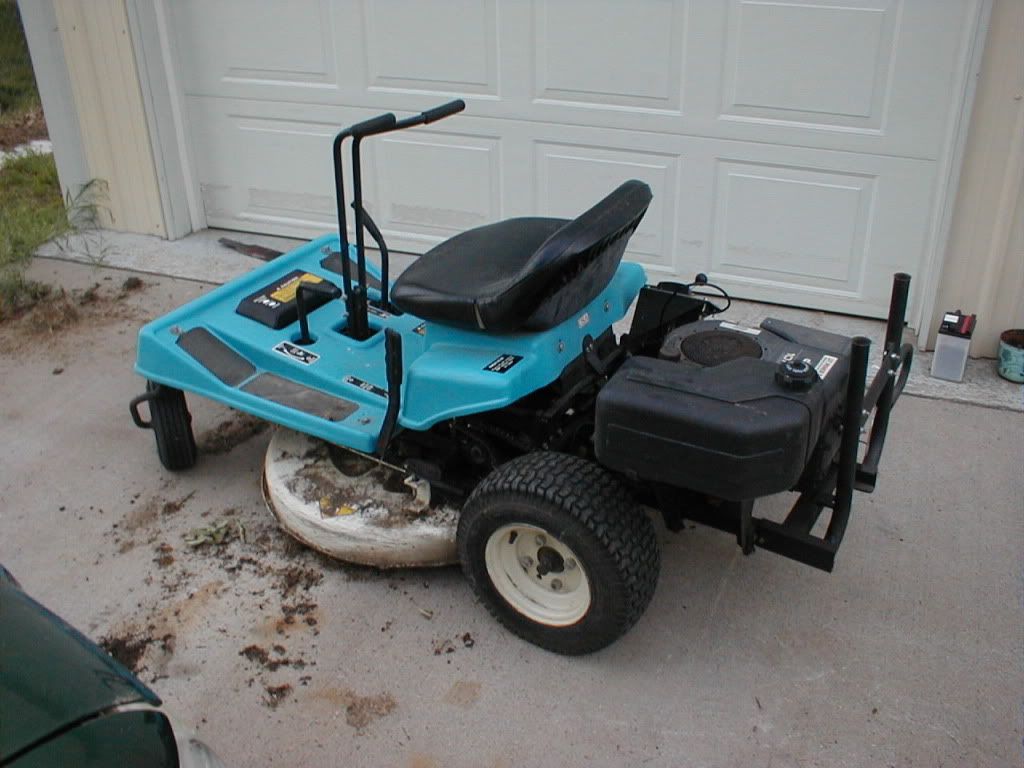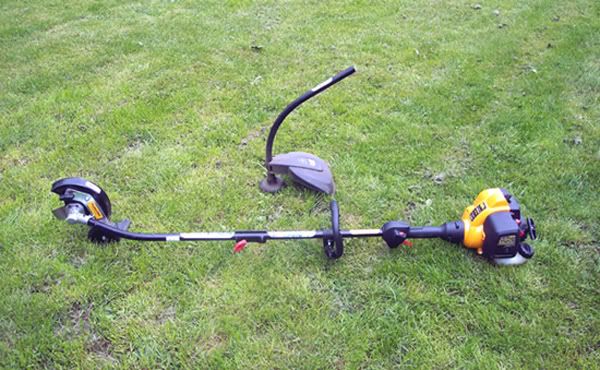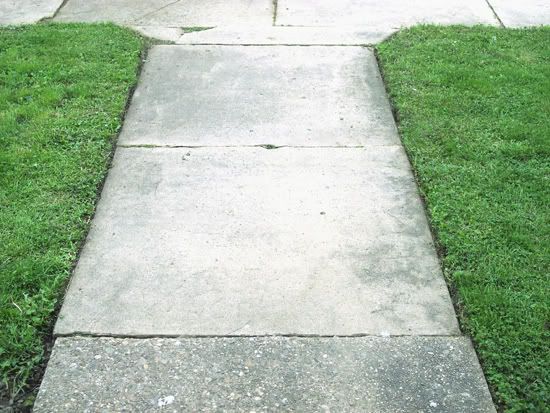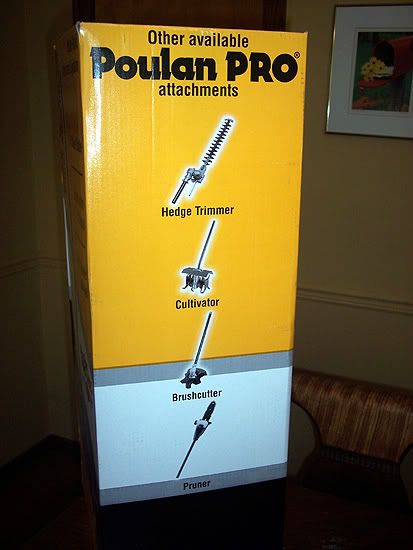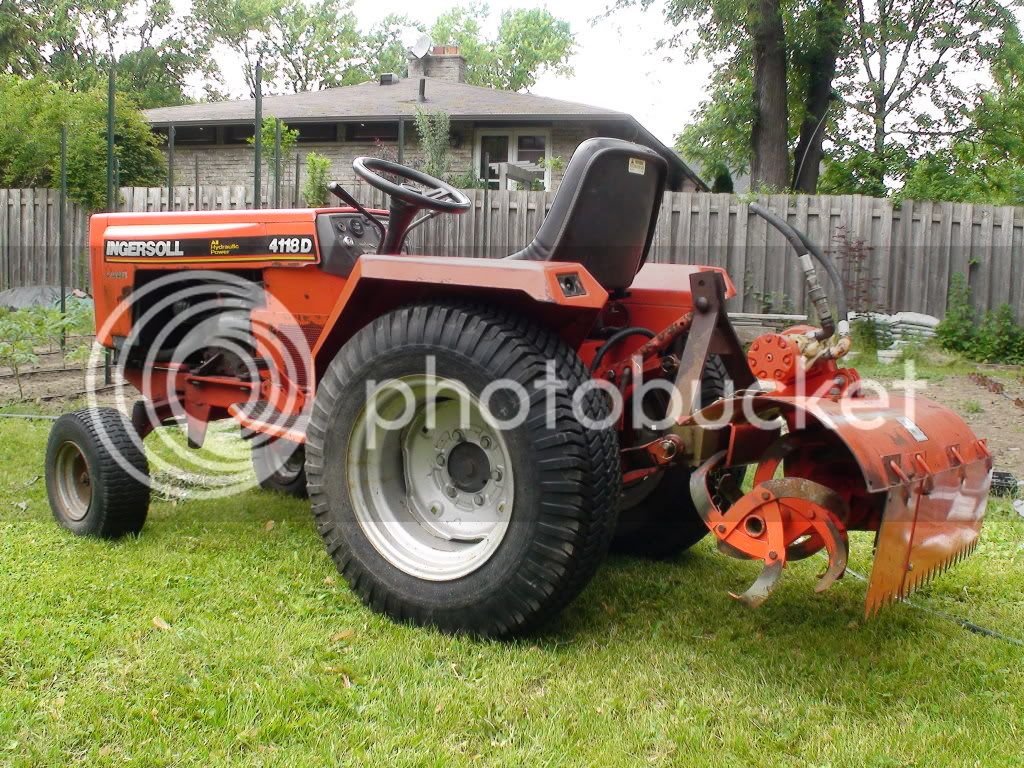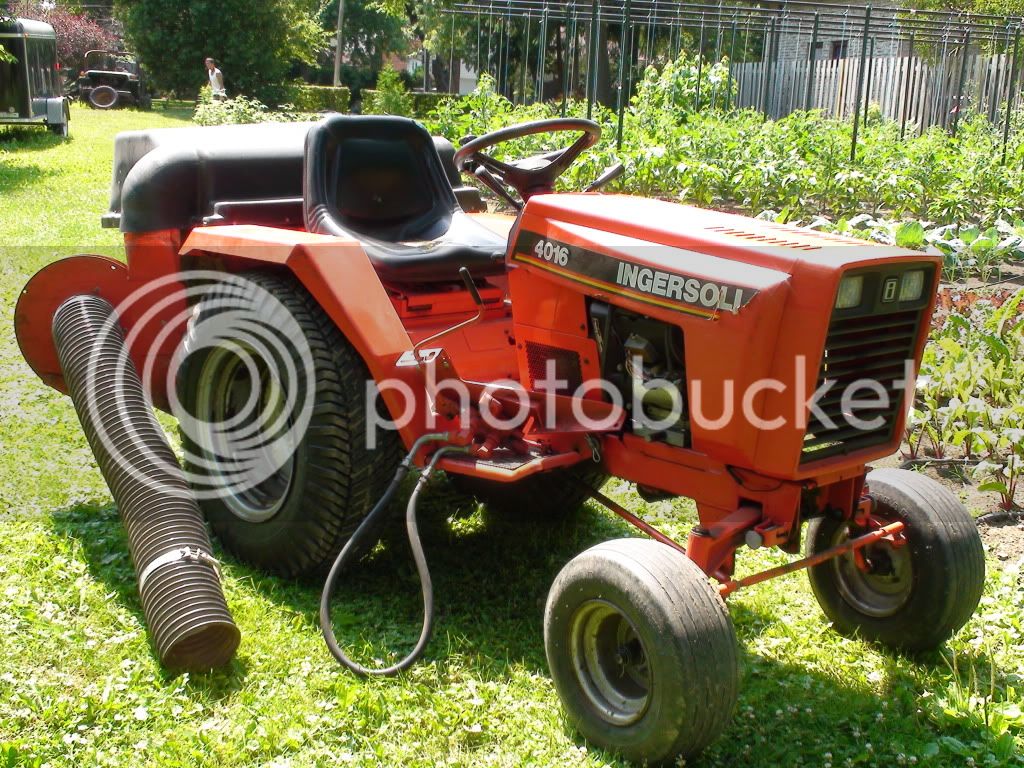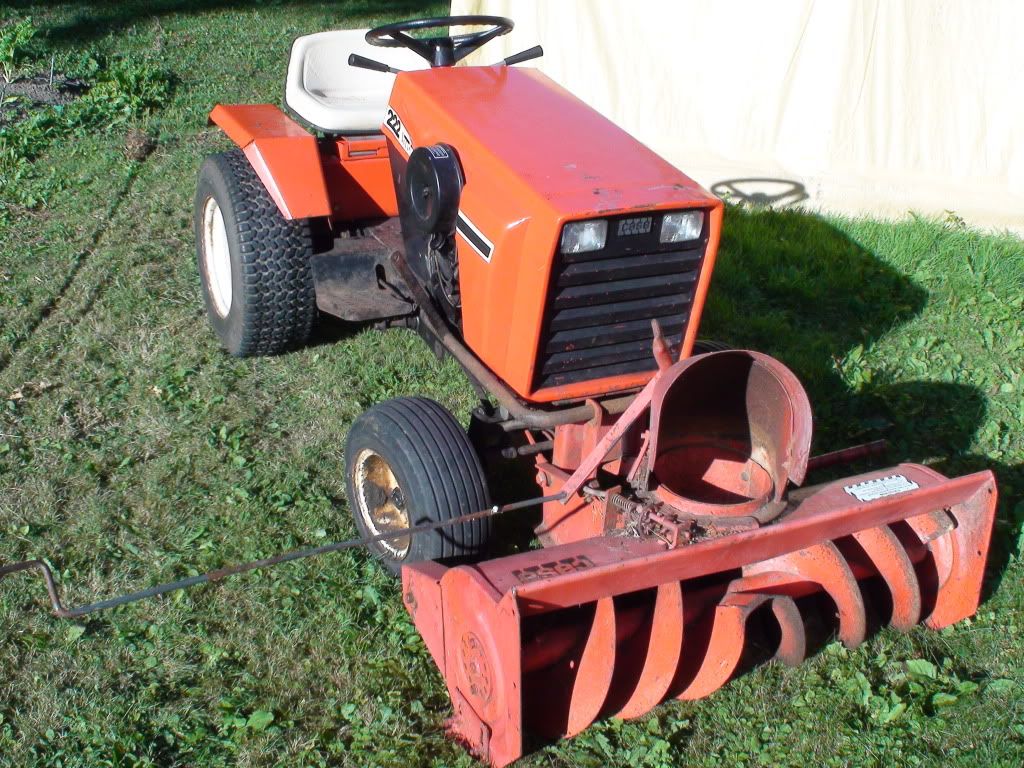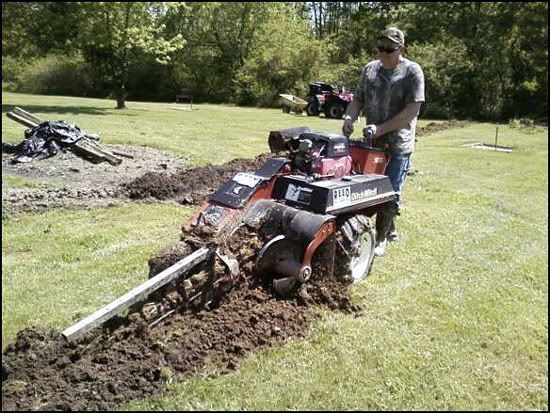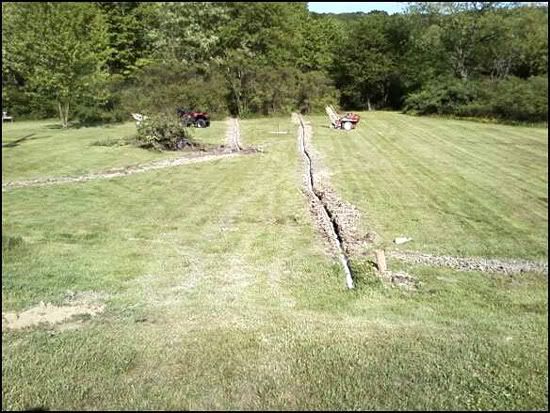Kaleb
Senior Member
- Joined
- Jan 3, 2010
- Messages
- 272
- Reaction score
- 27
Anyone who has a garden will typically have tools that help them keep everything neat and tidy, which most of us take completely for granted since they are so abundant, but are true working engines in their own right. Well here you can finally give these unsung workhorses of the garden the appreciation they deserve. So I'll get the ball rolling.
The fleet at my house is comprised of well used equipment, two thirds of it being scrapyard refugees.
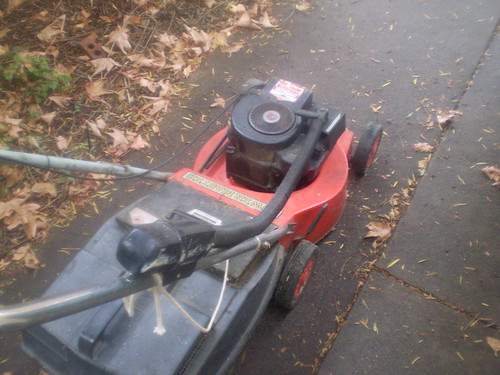
This Rover mower with a Briggs engine was built in 1985, and has been in the family since it was brand new. Despite its age, approaching thirty years, it still starts easily and runs like a new one. Would a modern mower last this long and run this well after all those years? Don't think so.
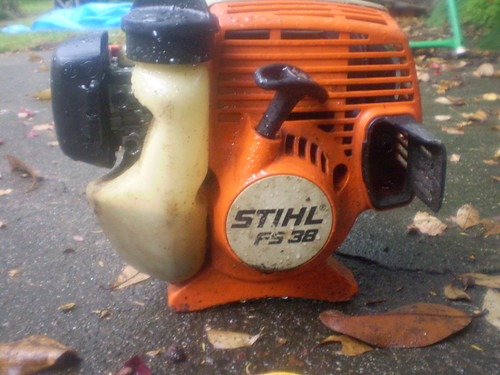
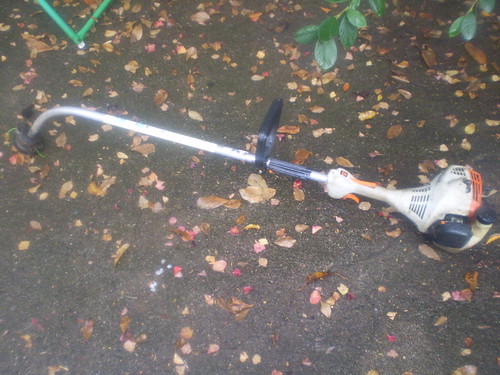
The first of the scrapyard refugees, which both came from the local mower man, is this Stihl FS38 whipper snipper. (also known as a weed eater, line trimmer, string trimmer, strimmer or grass trimmer depending where you come from.)
When I found it, there was fuel in the tank so I decided to see if it ran at all as it was. I managed to start it, and it would keep itself idling, but it bogged down and conked out as soon as I gave it some throttle. This told me immeadiately there was something amiss in the carby.
I assumed one of the jets was gummed up with lint, so I removed the carby from the engine, took it apart and gave all the little orifices that could clog up a good poke with a needle before re-assembling it.
Sure enough, when I put it back on the engine, connected the fuel lines and the throttle cable, it ran much better, revving up high when given full throttle. After tweaking the fuel mixture and idle setting, it was ready for action. I'm going to make my own guard for it from steel plate so it doesn't throw dirt and pebbles in my face when I'm using it.
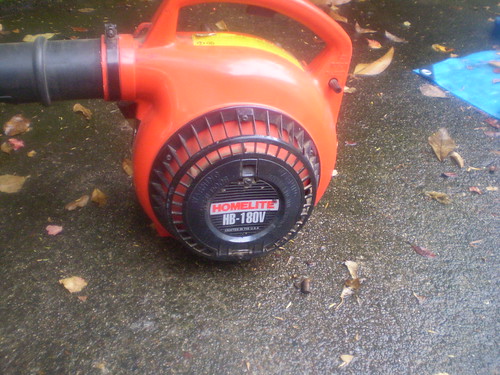
The other scrapyard refugee here is this Homelite HB-180V blower. I must point out that not all Homelites are created equal. This is an American Homelite, which I would recommend going for if you decided on the brand. It clearly says "Crafted in the U.S.A." on the label. The other group are the Chinese Homelites which don't have this mark, but they will disclose their origins if you look for the small unobtrusive "Made in China" phrase printed somewhere.
Anyway, this one was found to run quite well, but it was missing its tube, I happened to have another one which I never got to run properly, but did have a tube, so it was a simple matter of swapping the tube over and it was ready for service. I've kept the one which donated the tube as a source of spare parts.
I also get a bit of extra money for my activities on top of my disability pension by selling scrounged stuff of this nature that I have repaired. I've sold two whipper snippers so far, and another three are awaiting their new owners.
The fleet at my house is comprised of well used equipment, two thirds of it being scrapyard refugees.

This Rover mower with a Briggs engine was built in 1985, and has been in the family since it was brand new. Despite its age, approaching thirty years, it still starts easily and runs like a new one. Would a modern mower last this long and run this well after all those years? Don't think so.


The first of the scrapyard refugees, which both came from the local mower man, is this Stihl FS38 whipper snipper. (also known as a weed eater, line trimmer, string trimmer, strimmer or grass trimmer depending where you come from.)
When I found it, there was fuel in the tank so I decided to see if it ran at all as it was. I managed to start it, and it would keep itself idling, but it bogged down and conked out as soon as I gave it some throttle. This told me immeadiately there was something amiss in the carby.
I assumed one of the jets was gummed up with lint, so I removed the carby from the engine, took it apart and gave all the little orifices that could clog up a good poke with a needle before re-assembling it.
Sure enough, when I put it back on the engine, connected the fuel lines and the throttle cable, it ran much better, revving up high when given full throttle. After tweaking the fuel mixture and idle setting, it was ready for action. I'm going to make my own guard for it from steel plate so it doesn't throw dirt and pebbles in my face when I'm using it.

The other scrapyard refugee here is this Homelite HB-180V blower. I must point out that not all Homelites are created equal. This is an American Homelite, which I would recommend going for if you decided on the brand. It clearly says "Crafted in the U.S.A." on the label. The other group are the Chinese Homelites which don't have this mark, but they will disclose their origins if you look for the small unobtrusive "Made in China" phrase printed somewhere.
Anyway, this one was found to run quite well, but it was missing its tube, I happened to have another one which I never got to run properly, but did have a tube, so it was a simple matter of swapping the tube over and it was ready for service. I've kept the one which donated the tube as a source of spare parts.
I also get a bit of extra money for my activities on top of my disability pension by selling scrounged stuff of this nature that I have repaired. I've sold two whipper snippers so far, and another three are awaiting their new owners.





